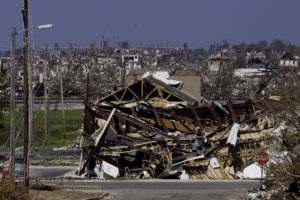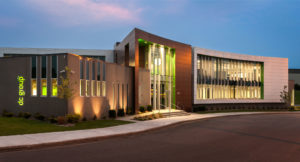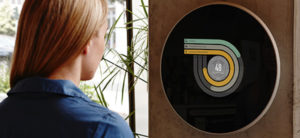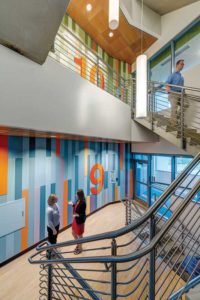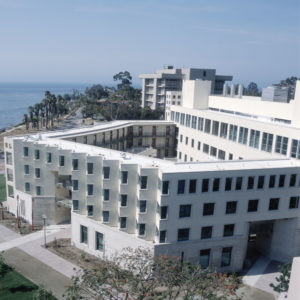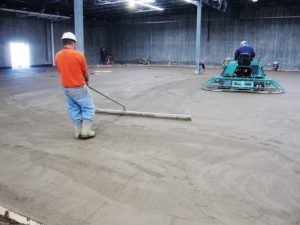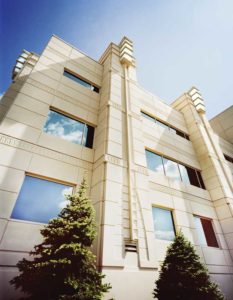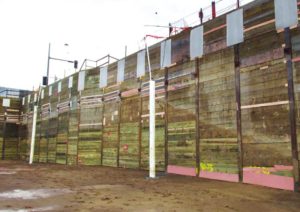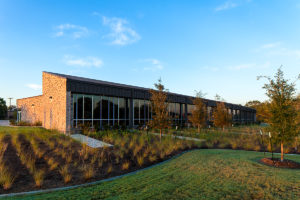Designing for unpredictable situations is one of the biggest and most important challenges for architects, engineers, and the building community. Tornadoes, hurricanes, and earthquakes are seemingly random, but can be devastatingly fierce when they arrive.
+ Read More
|
A proprietary extruded aluminum curtain wall is at the heart of the renovation of an office building in Minneapolis. The two-story commercial-industrial space houses DC Group, a firm that provides equipment and maintains uninterruptible power supply (UPS) systems for corporate customers, including AT&T, Kaiser Permanente, Verizon, Microsoft, and Oracle.
+ Read More
|
When a building is certified to Leadership in Energy and Environmental Design (LEED) status under the U.S. Green Building Council’s (USGBC’s) rating program, the owners want to tell the world.
+ Read More
|
Fire-rated doors provide around-the-clock protection to help ensure people can safely exit a building in the event of a fire. When specified with fire-rated glazing, they can also help preserve sight lines and support aesthetic goals.
+ Read More
|
U.S. Green Building Council (USGBC) is hailing Donald Bren School of Environmental Science & Management’s laboratory as one of 15 Leadership in Energy and Environmental Design certified (LEED) projects built in the last 15 years.
+ Read More
|
In the wake of any tragedy, society struggles collectively to process the loss. For some, it is the loss of friends and loved ones, but for most, it is the feelings of safety and trust that are diminished.
+ Read More
|
One of the biggest mistakes a designer can make when specifying polished concrete slabs is to state, “Concrete for polished concrete, including formwork, reinforcement, concrete materials, mixture design, placement procedures, initial finishing, and curing is specified in Section 03 30 00 Cast-in-Place Concrete.”
+ Read More
|
Resilience is where the promise of sustainability and the real world meet. Unfortunately, this promise often goes unfulfilled as current industry trends favor cheap instead of durable. A first-cost mentality is simple, but when the wrong materials are specified, it can expose owners and occupants to higher risks.
+ Read More
|
Construction site dewatering is used to locally control and lower groundwater levels in the vicinity of the excavation. This is typically done to maintain soil conditions needed during, and occasionally after, construction—for example, to keep soil dry enough for construction loads, installing building materials, or safe working conditions.
+ Read More
|
Design features incorporated in the Highland Hills library in Dallas, Texas, are allowing it to enjoy lower energy and water costs. The 1812-m2 (19,500-sf) building is one of seven Dallas libraries certified under the Leadership in Energy and Environmental Design (LEED) program.
+ Read More
|
|
|


